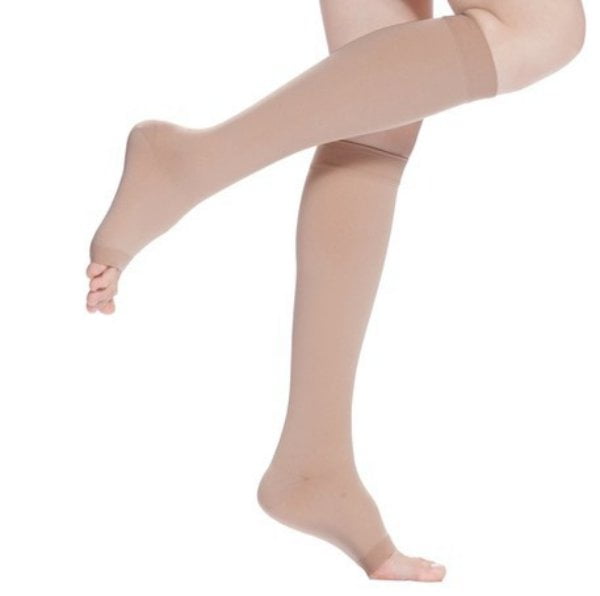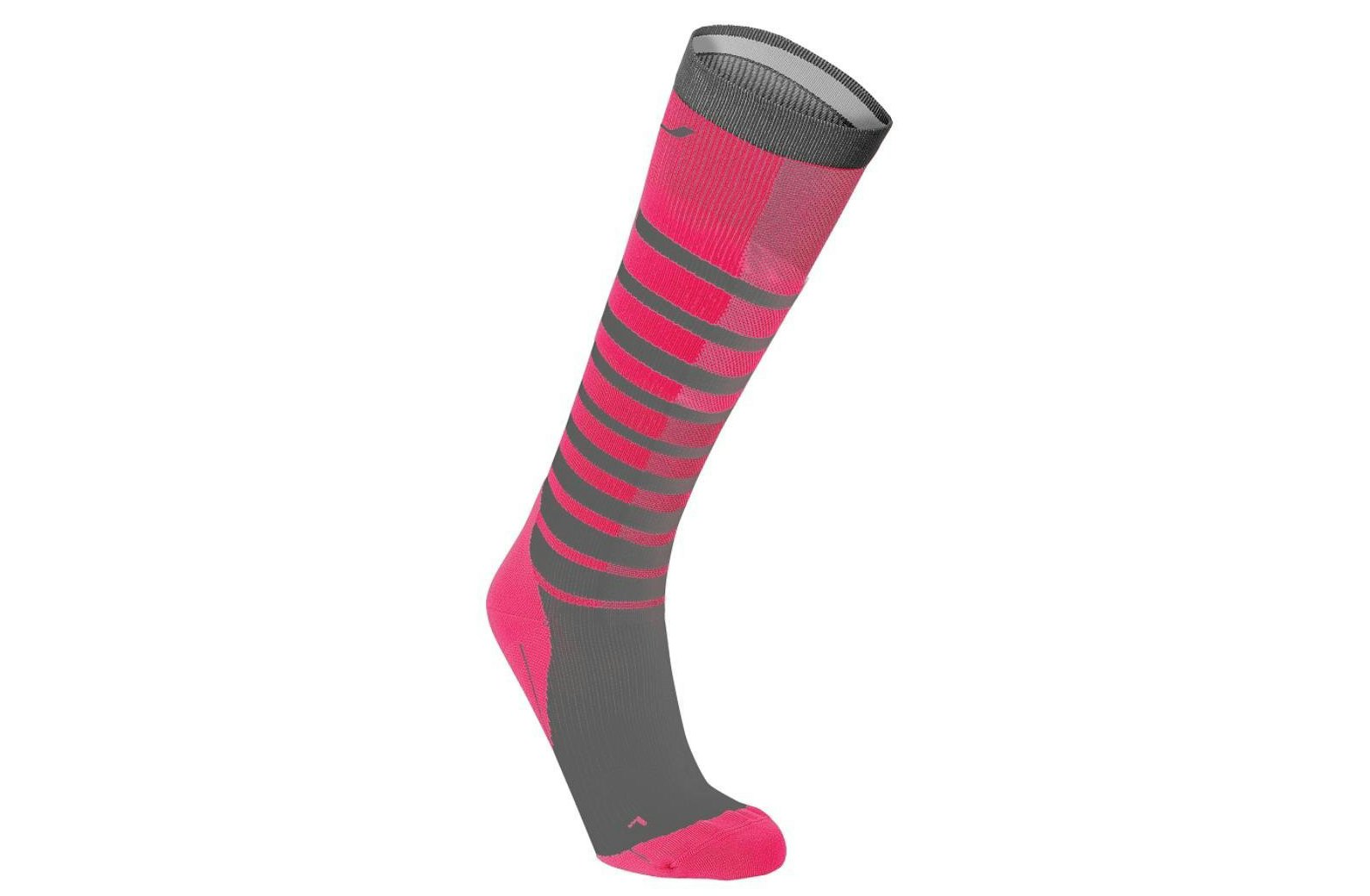

Talk to your healthcare provider if you experience swelling from amlodipine. And women were about 2 to 3 times more likely to report swelling compared to men during clinical trials. Swelling is more likely to happen with higher doses of amlodipine (like 10 mg daily). When it occurs, swelling usually happens in both legs. But this can put pressure on smaller blood vessels (called capillaries), causing fluid to leak out into surrounding tissues. It happens because amlodipine dilates your blood vessels, which improves blood flow. Swelling of the legs or ankles (edema) is one of the most common amlodipine side effects. But how common are amlodipine side effects, and is there anything you can do about them? 1. This also helps with chest pain, since your heart doesn’t have to pump as hard.Įven though it’s commonly used, is amlodipine safe? It’s known to cause bothersome side effects like swelling, fatigue, and dizziness. It helps lower your blood pressure by causing blood vessels to relax and widen throughout your body. And it’s used to treat certain types of angina (chest pain) and coronary artery disease (CAD), too.Īmlodipine belongs to a medication class called calcium channel blockers.

In fact, it’s often one of the first-choice medication options for the condition.

Amlodipine (Norvasc) is a common medication used to treat high blood pressure (hypertension).


 0 kommentar(er)
0 kommentar(er)
